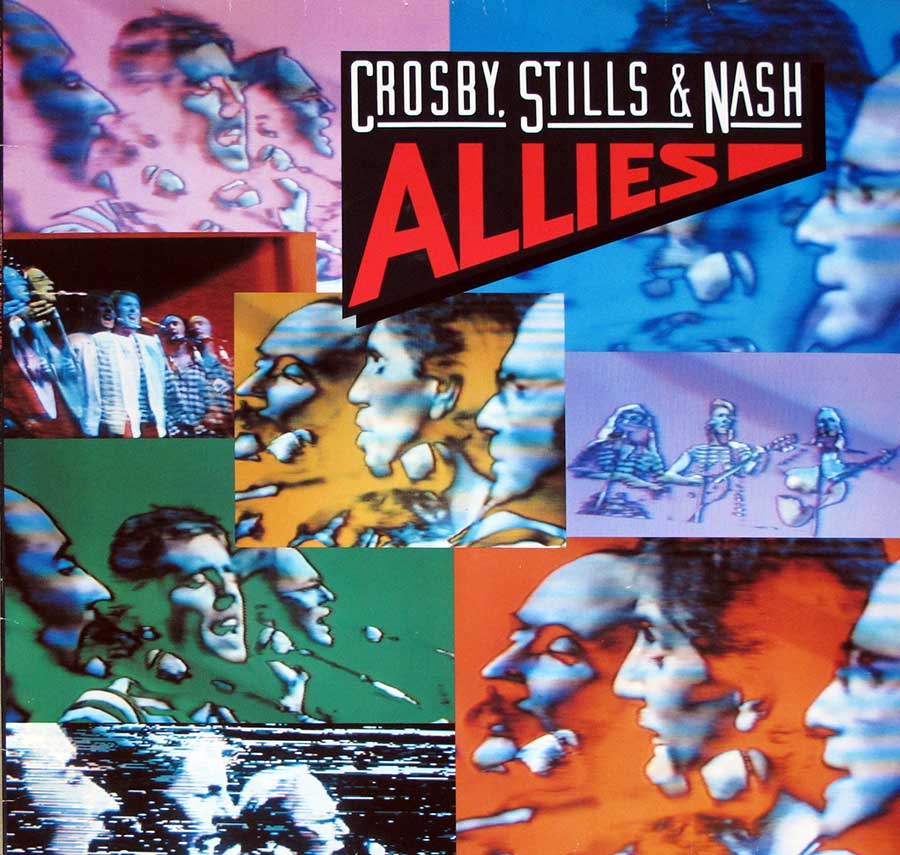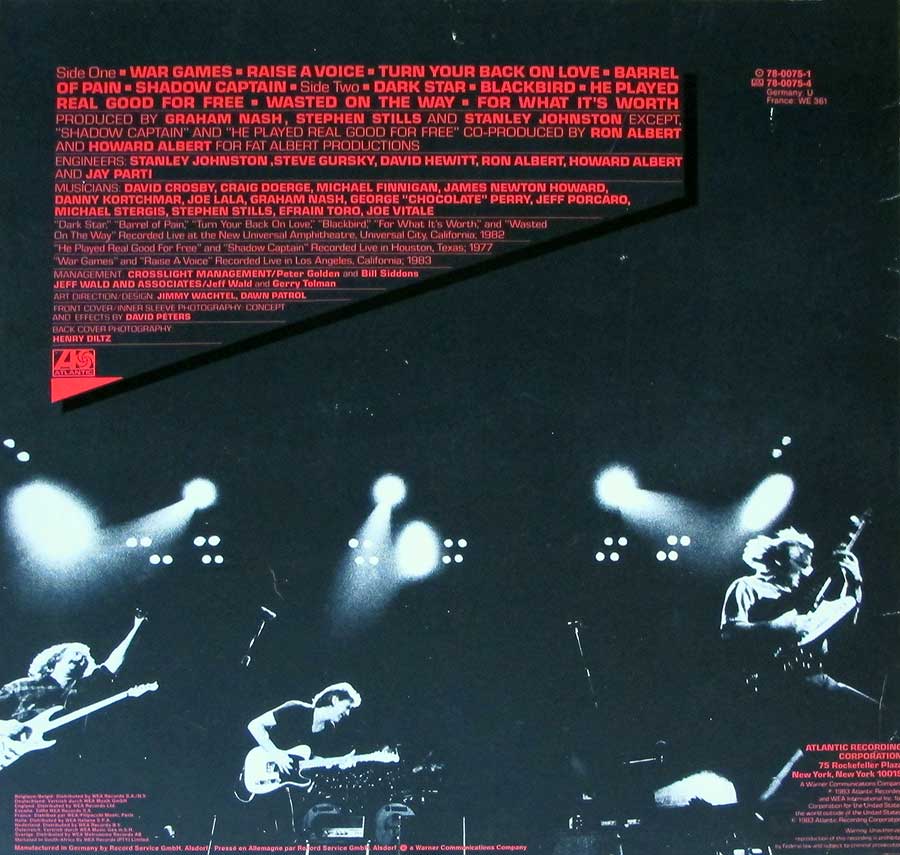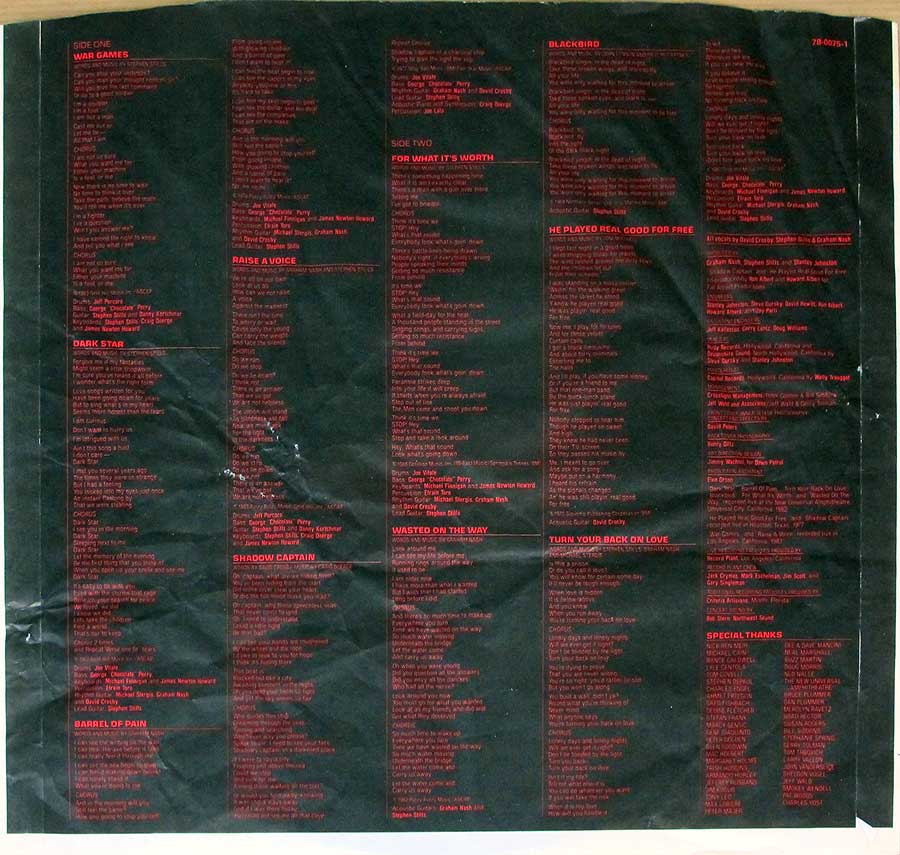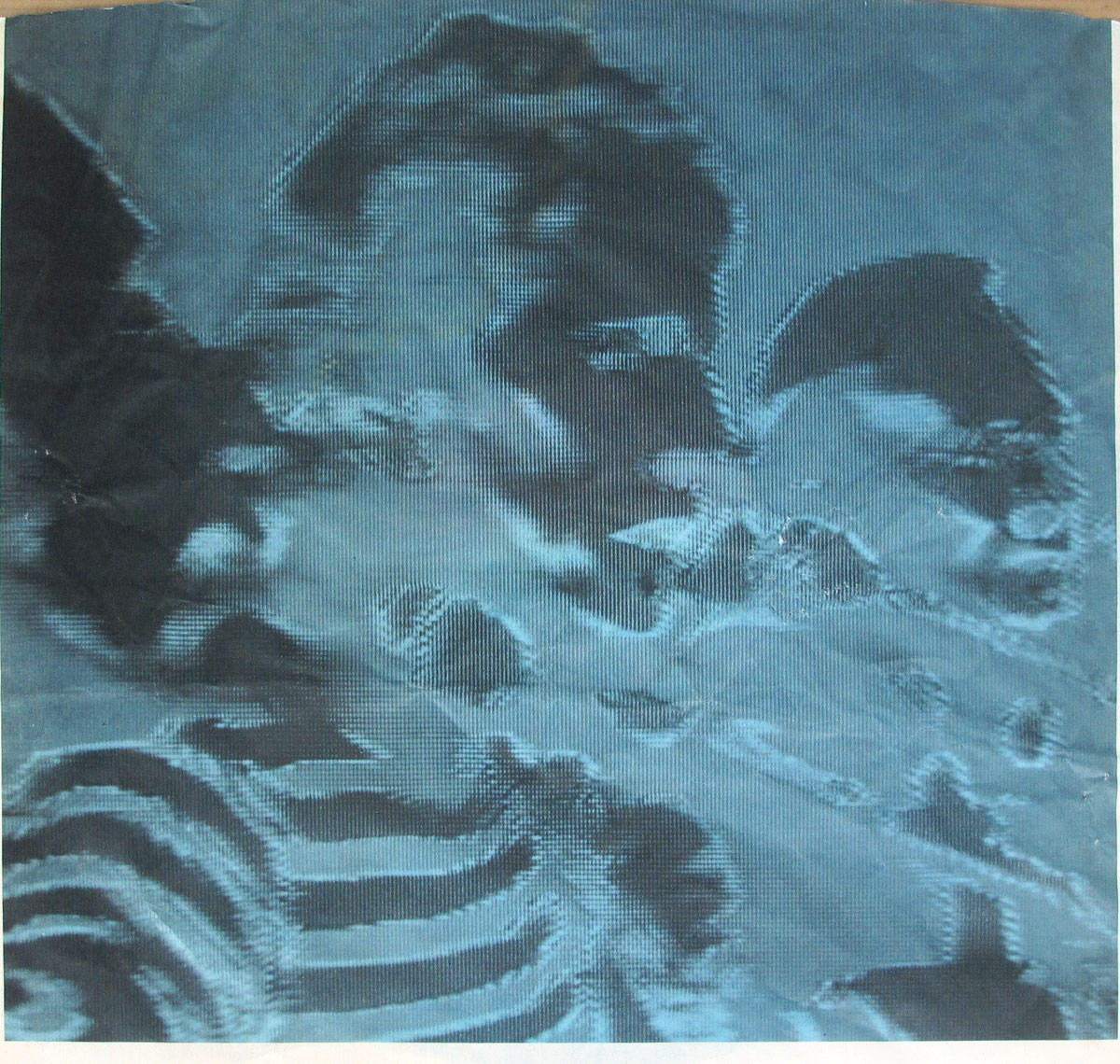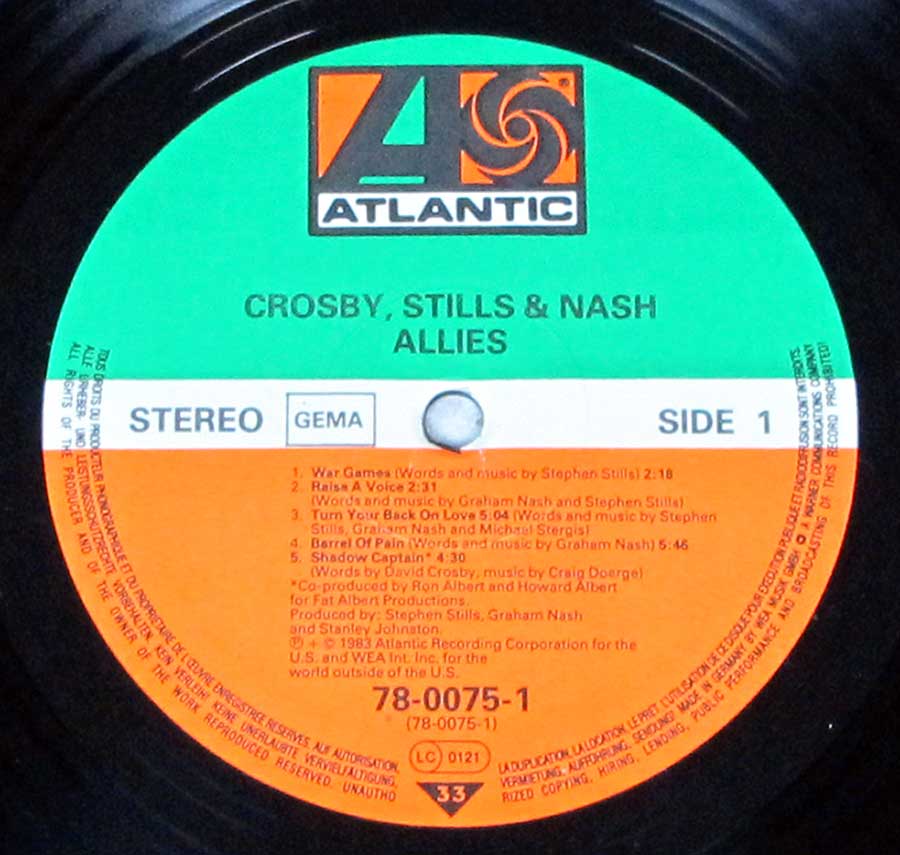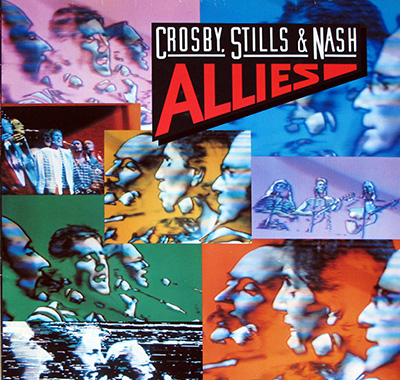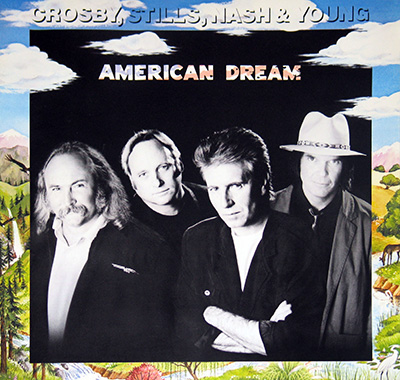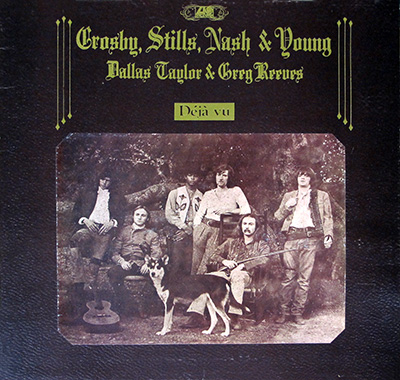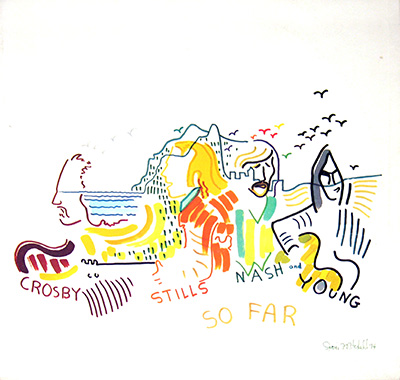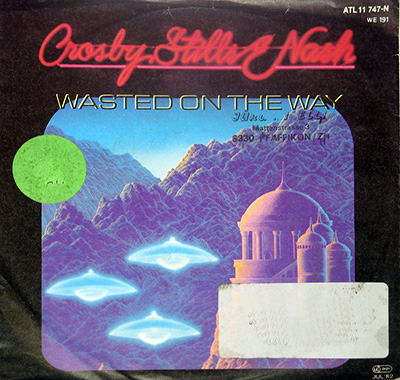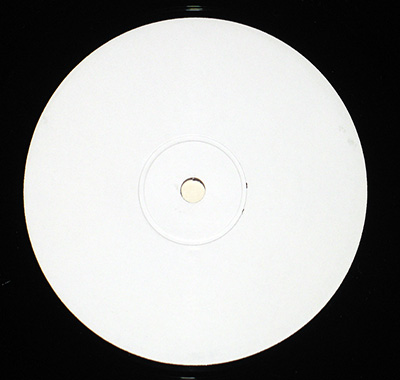Album Description:
Historical Context: The Early 1980s and the Changing Face of Rock
The release of "Allies" in 1983 came at a time of transformation in both the global and musical landscapes. The early 1980s were marked by technological innovation, the rise of MTV, and a shift from the countercultural ideals of the 1960s and 1970s toward a more commercial, image-driven music scene. In the United States, Ronald Reagan’s presidency emphasized conservative values, while the Cold War remained a tense undercurrent in popular culture. Musicians increasingly used their platforms to reflect or challenge these dynamics, blending artistry with political and personal introspection.
Crosby, Stills & Nash (CSN), veterans of the late 1960s folk-rock revolution, faced a world that was both nostalgic for their harmonies and hungry for the sleek production of the 1980s. Against this backdrop, "Allies" served as a reaffirmation of their musical identity—a reminder that tight vocal interplay and heartfelt lyricism could still resonate in a synthesizer-dominated era.
The Music Genre: Country Rock and Its Evolution
"Allies" sits firmly within the country rock and folk rock traditions, genres CSN helped pioneer. Emerging in the late 1960s, this sound blended the storytelling of American folk music with the rhythm and texture of rock. Bands such as The Byrds, Poco, and The Eagles developed similar approaches, often emphasizing rich harmonies and acoustic arrangements.
By the early 1980s, country rock had evolved to incorporate polished studio production and a radio-friendly aesthetic. Artists like Jackson Browne, Linda Ronstadt, and Fleetwood Mac carried forward the introspective, harmony-driven sound that CSN had championed. "Allies" fits into this lineage, bridging the gap between the warm analog resonance of the 1970s and the emerging digital clarity of the new decade.
Musical Exploration and Sound
The live recordings on "Allies" highlight CSN’s enduring musicianship and willingness to experiment. The album combines powerful live performances with new studio material, offering a contrast between raw concert energy and refined production. Songs like "War Games" reflect the group’s continued engagement with political themes, evoking Cold War anxieties through sharp guitar work and layered vocals. Meanwhile, tracks such as "Turn Your Back on Love" and "Wasted on the Way" showcase their melodic strength and emotional depth.
The instrumentation spans lush acoustic textures and dynamic electric interplay. The musicians—many of them seasoned studio professionals—expand CSN’s sound palette beyond their folk roots. The inclusion of artists such as Craig Doerge on keyboards and Jeff Porcaro (from Toto) on drums brings a smooth, rhythmic sophistication that mirrors the production values of early 1980s soft rock and adult contemporary music.
Key Figures Behind the Recording
"Allies" was produced by Graham Nash, Stephen Stills, and Stanley Johnston, reflecting the band’s commitment to creative control. Each member’s personality shapes the album: Stills’ fiery guitar and assertive arrangements, Nash’s melodic intuition, and Crosby’s harmonic subtlety. Behind the scenes, engineers such as Stanley Johnston and Ron Albert ensured the live energy was captured with studio precision.
Photographers David Peters and Henry Diltz—the latter a legendary chronicler of 1960s and 1970s California rock—provided visual continuity, linking the album’s imagery to the group’s storied past. Their visual style, blending authenticity with elegance, matched the reflective tone of the album.
Band History and Line-Up Changes
By the time "Allies" was released, CSN had weathered nearly two decades of personal and creative turbulence. The group’s origins trace back to 1968, when David Crosby (formerly of The Byrds), Stephen Stills (Buffalo Springfield), and Graham Nash (The Hollies) formed one of the first true “supergroups.” Their debut album in 1969 redefined vocal harmony in rock music, and their collaboration with Neil Young further amplified their reach.
However, fame came with internal conflicts, artistic disagreements, and struggles with substance abuse. By the early 1980s, CSN was operating without Neil Young and with various touring musicians filling in the gaps. Despite their interpersonal challenges, "Allies" demonstrated that the core trio could still unify around their shared musical vision. It also symbolized resilience—the sound of three voices finding balance amid personal and cultural shifts.
Controversies and Public Reception
While not marked by major public scandals, "Allies" arrived at a time of media scrutiny regarding the band’s creative relevance. Some critics questioned whether CSN’s brand of harmony-driven rock could remain influential in an era dominated by synthesizers and new wave aesthetics. The inclusion of politically charged songs like "War Games" sparked minor controversy, with some broadcasters reluctant to air the track due to its Cold War themes and association with the film of the same name.
Still, the album earned respect among fans and musicians for its sincerity and craftsmanship. "Allies" wasn’t a commercial blockbuster, but it reinforced CSN’s role as enduring voices of reflection and conscience in American rock. Their layered harmonies—both musically and emotionally—continued to speak to listeners navigating the complexities of modern life.
